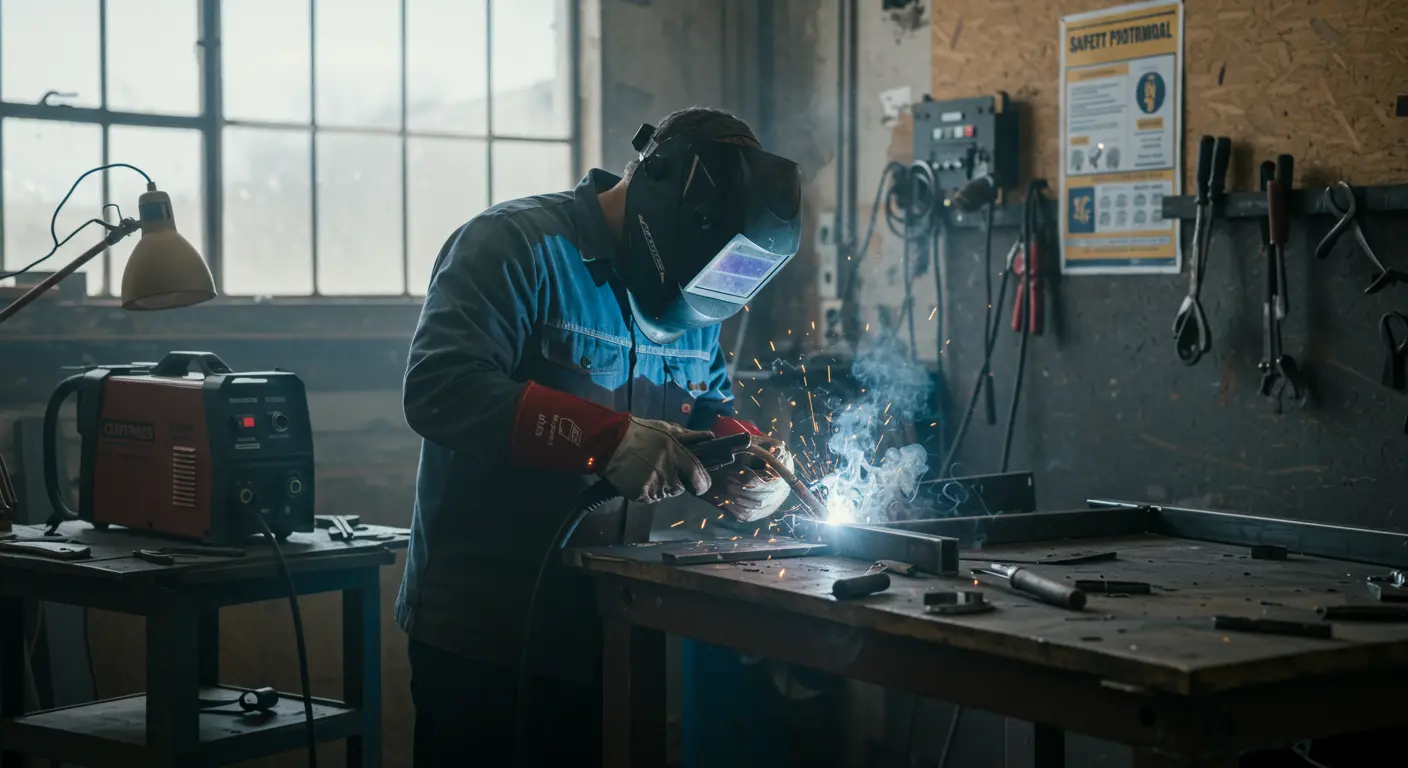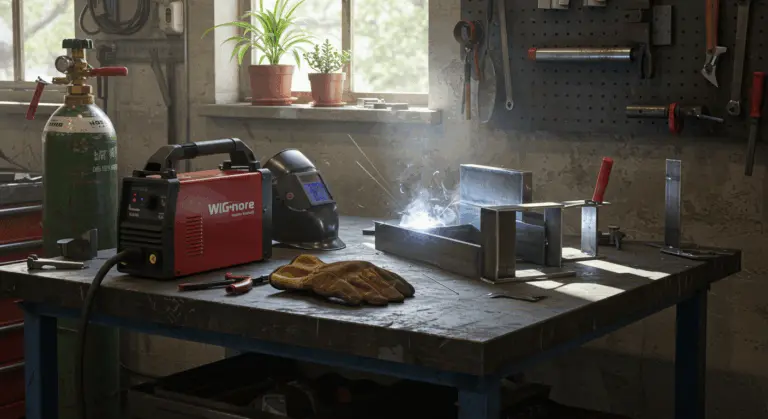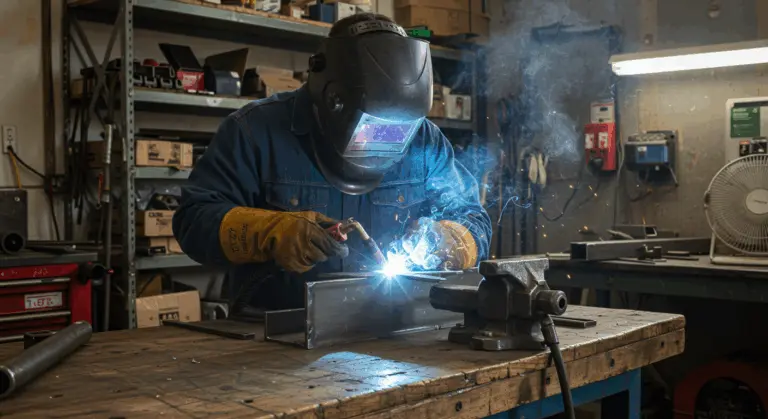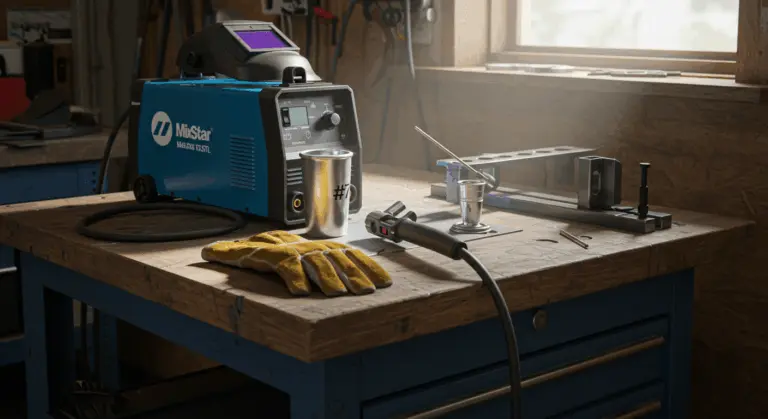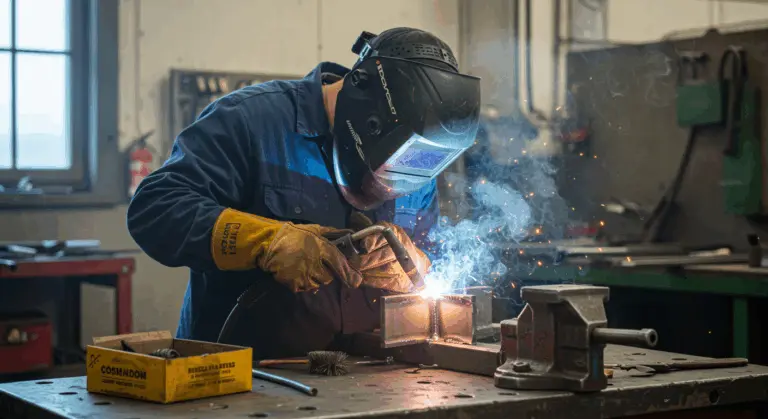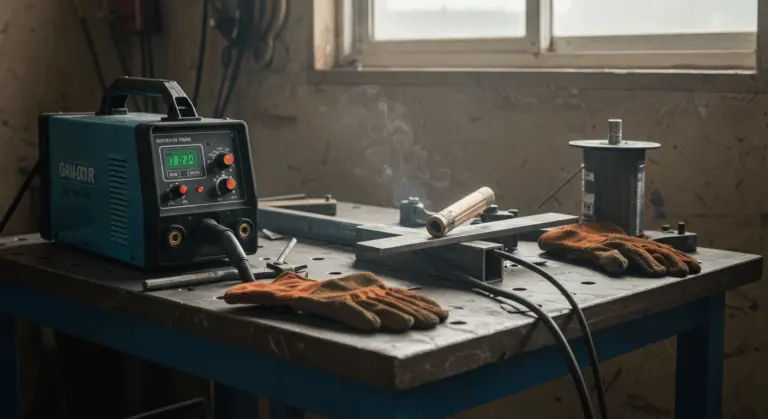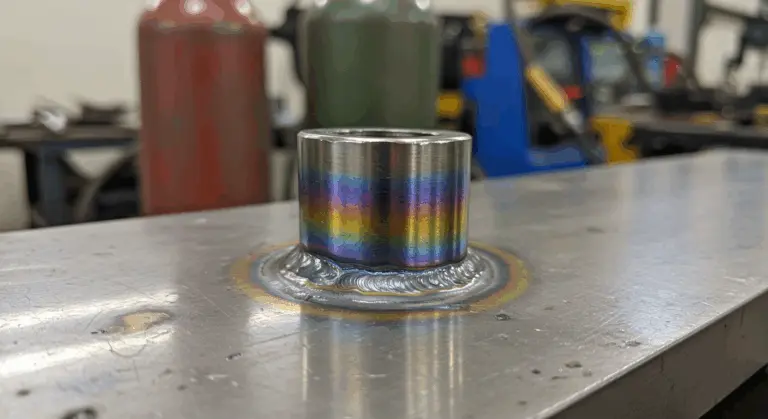What is a Certified Welder?
A certified welder stands apart as a professional who has earned credentials from a recognized welding organization—most notably the American Welding Society (AWS)—by demonstrating specific skills and knowledge through rigorous formal assessment. What distinguishes them from a qualified welder? While qualified welders pass company-specific tests for particular jobs, certified welders have passed official, third-party accredited examinations that carry national and international recognition.
The AWS Certified Welder program provides transferable credentials that validate a welder’s expertise in producing quality welds according to standardized procedures. These credentials mirror real industry demands while improving employment prospects and employer confidence. The certification process is performance-based, meaning welders must physically demonstrate their welding capabilities under standardized testing conditions at an AWS Accredited Testing Facility (ATF).
Certification serves as objective proof that a welder possesses the skills necessary to perform quality work across various welding processes and positions. This standardized verification helps employers identify competent welders who can meet specific project requirements without additional in-house testing. This makes them valuable professionals across industries—from construction and manufacturing to aerospace and shipbuilding.
How to Become a Certified Welder
The journey to certified welder status is straightforward, progressing through several strategic steps:
-
1. Research Your Specialization: Identify the welding methods and industries that interest you, then investigate the certifications they demand.
-
2. Get Trained: Enroll in an accredited program through a technical school, community college, or specialized welding school to learn essential processes like SAW, GMA, and GTA.
-
3. Earn Certification: After training, pass a performance-based test from a recognized body like the American Welding Society (AWS).
-
4. Gain Experience: Begin your career through entry-level positions or apprenticeships, applying your newfound skills while pursuing advanced certifications.
Aspiring welders can choose from several training paths:
-
Community Colleges & Technical Schools: These institutions provide comprehensive structured programs spanning months to two years, combining welding theory, blueprint interpretation, and intensive hands-on practice.
-
Specialized Welding Schools: These specialized institutions deliver accelerated, hands-on programs designed to prepare students toward specific certifications.
-
Apprenticeships: This approach combines paid on-the-job training with classroom instruction across 3–5 years, frequently union-sponsored and culminating in direct certification.
-
Modern Training Technologies: Some programs now use virtual or augmented reality (VR/AR) to supplement hands-on practice in a safe, simulated environment.
This comprehensive training opens doors to specialized roles such as: -
Welding Technician/Operator
-
Fabricator/Welder
-
Pipe Welder
-
Structural Welder
-
Inspector/Quality Control Technician
Requirements for Certification
The sole requirement for AWS certification is passing a performance-based test at an Accredited Testing Facility (ATF). Remarkably, the program doesn’t mandate formal education or experience—it focuses entirely on a welder’s demonstrated ability to produce quality welds.
During testing, your welds undergo meticulous inspection for quality and code compliance. Test parameters shift based on certification type:
-
Process-specific (e.g., SAW, GMA)
-
Material-specific (e.g., steel, aluminum)
-
Position-specific (e.g., flat, vertical, overhead)
Pursuing certified welder status provides many professional advantages:
-
Expanded Job Opportunities: Certification makes you competitive across diverse industries—construction, manufacturing, aerospace—where employers increasingly demand these credentials.
-
Higher Earning Potential: Certified welders typically command higher salaries, especially with specialized credentials in high-demand areas like pipe or underwater welding.
-
Job Security: The ongoing skilled welder shortage provides strong job security because the trade resists automation and outsourcing.
-
Career Advancement: Certification opens doors to supervisory roles, specialized positions, or owning your own business.
-
Professional Pride and Flexibility: The profession provides satisfaction through creating tangible structures while offering remarkable flexibility—from bustling factories to sprawling shipyards.
Maintaining Your Certification
To maintain your AWS Certified Welder status, you must submit a Certification Maintenance Form every six months. This straightforward form documents your ongoing welding activity, verifying your continued proficiency in the field.
Miss your certification renewal deadline? AWS provides a 60-day grace period. During this grace period, your certification technically expires, yet you can still renew without retesting—simply submit the maintenance form with a $50 late fee. If the form is received within this grace period, and you meet all renewal requirements, your certification will be renewed from the original expiration date, maintaining continuity in your credentials.
Proactively maintaining your certification is both easier and more cost-effective than retesting. More importantly, it demonstrates consistent professionalism to employers.
Certification Maintenance Form
The Certification Maintenance Form is essential for maintaining certification, documenting ongoing welding activity. Each entry must include:
-
A description of the work performed
-
The work’s completion date
-
Your signature, certificate number, and certification type
When documenting work performed by others, their names must appear on the form as well. For major repairs and alterations, AWS mandates specialized forms as outlined in their documentation—typically found in appendix B of relevant codes. These additional requirements ensure that particularly significant work is documented with appropriate detail and oversight.
Consistently documenting your work is the best approach for maintaining continuous certification validity while streamlining the renewal process.
Frequently Asked Questions about Certified Welders
What’s the difference between a qualified welder and a certified welder?
A qualified welder passes company-specific tests for particular jobs. A certified welder? They have passed standardized tests administered by third-party organizations like AWS, earning industry-wide recognized credentials.
How long does it take to become a certified welder?
Timelines vary significantly based on your chosen training path. Intensive programs can be completed in just 3–6 months. Comprehensive community college education? That’s a 1-2 year investment. After training, the certification test itself typically takes a day to complete.
How much does welding certification cost?
AWS certification testing fees span $225 to $1,000, varying by specific certification type. This doesn’t include training costs, which vary widely based on the program you choose.
When hiring, strategic questioning reveals whether a welder aligns with your project needs:
-
Certifications: Do their credentials match your project’s specific demands?
-
Experience: What’s their specialty, and how many years have they honed it?
-
Training: How do they stay current with new techniques and standards?
-
Past Work: Can they provide examples of similar successful projects?Do welding certifications expire?
Absolutely. AWS certifications demand maintenance every six months through documented ongoing welding activity. Without proper maintenance, certifications will expire and may require retesting.
Which welding certification is most valuable?
The most valuable certification depends on your industry focus and career aspirations. Pipe welding certifications—particularly the challenging 6G position—are among the most prestigious and lucrative. Specialized certifications for aerospace or pressure vessel welding are also highly valued.

